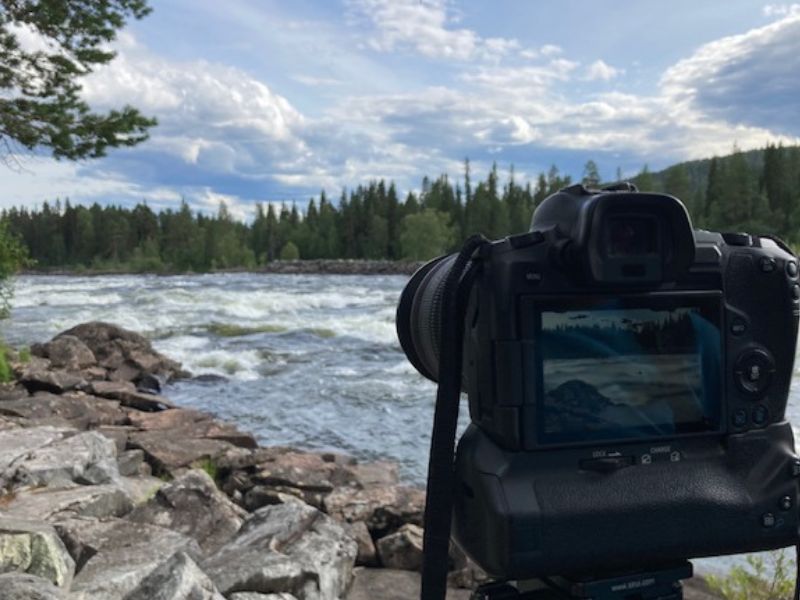
The Art of Landscape Photography: Harnessing the Beauty of Mother Nature
Landscape photography is a mesmerizing genre that allows photographers to capture the stunning beauty of nature. From majestic mountains and serene lakes to cascading waterfalls and rolling meadows, the world offers an abundance of breathtaking landscapes waiting to be immortalized through the lens. In this article, we will delve into the art of landscape photography and explore essential techniques and tips to help you harness the beauty of Mother Nature in your photographs.
1. Embrace the Golden Hours
One of the most crucial aspects of landscape photography is understanding and utilizing the concept of the golden hours. These magical hours occur during sunrise and sunset when the sun is low on the horizon, casting a warm, soft light across the landscape. The golden hours create long shadows and add a sense of depth and dimension to your photographs. Be prepared to wake up early and stay out late to make the most of these fleeting moments of enchanting light.
2. Compose with Purpose
Composition plays a pivotal role in landscape photography. Instead of merely snapping a shot of a beautiful scene, take the time to compose your image with intention. Utilize the rule of thirds, leading lines, and framing techniques to guide the viewer’s eye and create a visually appealing and engaging photograph. Look for interesting foreground elements that can add depth and perspective to your images, making them more immersive and captivating.
2.1 Rule of Thirds
The rule of thirds is a classic composition technique that involves dividing your frame into nine equal parts using two horizontal and two vertical lines. The main elements of your scene should be placed along these lines or at their intersections, creating a harmonious balance and a visually pleasing composition.
2.2 Leading Lines
Leading lines are elements within your photograph that lead the viewer’s eye towards the main subject or into the distance. They can be natural elements like rivers, paths, or roads, or even man-made structures like fences or bridges. Utilize leading lines to draw attention to the focal point of your image, enhancing its impact.
2.3 Framing
Framing involves using natural elements like overhanging branches, archways, or rock formations to frame the main subject of your photograph. This technique adds depth to the image and provides context for the viewer, making them feel like they are peering into the scene.
3. Mastering the Art of Long Exposure
Long exposure photography can produce stunning effects in landscape photography. By using a slow shutter speed, you can capture the movement of clouds, waterfalls, and waves, creating a sense of motion and ethereal beauty in your images. To achieve successful long exposures, a sturdy tripod is essential to keep your camera steady during the extended exposure time.
4. Patience is Key
In nature photography, patience is often rewarded. Weather conditions can change rapidly, and sometimes, you might need to wait for hours or even return to the same location multiple times to capture the perfect shot. Be prepared to embrace the unpredictability of nature and use the waiting time to scout for potential compositions and anticipate the best lighting conditions.
Landscape photography is a beautiful dance between the photographer and the ever-changing elements of nature. Embrace the golden hours, compose your images with purpose, master the art of long exposure, and practice patience to capture awe-inspiring landscapes that evoke emotion and appreciation for the wonders of Mother Nature.
